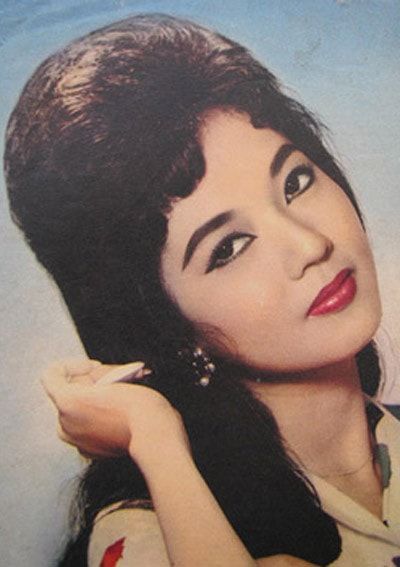
He was also nominated for best actor at this year’s Mai Vang (Golden Ochna) awards, given by Nguoi Lao Dong (Labourer) Newspaper.

He received the Rising Star of Asia Star Awards at the 21st Busan International Festival in South Korea for his leading role in the film Tam Cam: Chuyen Chua Ke (Tam Cam: The Untold Story), a production of director Ngo Thanh Van. Issac was one of Viet Nam’s most outstanding actors in 2016. These performers have made fans and critics stand up and take notice.
FEEDY TV VIETNAM ACTRESS NAME MOVIE
The threat of this mysterious death sentence given to Hmong refugees may be even more frightening than the fictional serial murderer that it inspired.VietNamNet Bridge – Though veteran artists are still shining, 2016 was the year that saw several young talents in movie and theatre emerge from working hard to make their mark on the domestic entertainment industry. “Was that a reflection of what kind of stressors that come with being forcibly removed from a familiar world to a completely alien and sometimes even hostile context?” she asks. Um suggests the years of stress that the Hmong endured could be a factor in the disease. However, the wave of SUNDS deaths among Southeast Asians, particularly the Hmong group, is still unexplained.ĭr. The fatal ailment, later classified as Sudden Unexplained Nocturnal Death Syndrome (SUNDS), has been investigated by the Center for Disease Control at length. “I do think that for many of the Hmong of that generation, the traditional explanation remained salient, if not more salient, than explanations related to cardio-vascular problems.” Their anxiety centered around “the inability to do right by your ancestral spirits because you’re not there, or because you don’t have the right things to perform the right rituals,” says Dr. Other Hmong believed they were being punished by the spirits of their ancestors for leaving their homeland.

That theory was not supported by doctors, however. Investigators could find no medical explanation for the deaths, but many community members attributed the deaths to chemical nerve agents that refugee soldiers of the Vietnam War would have been exposed to. He was the fourth Hmong man to die while sleeping in nine months-and the 13th nocturnal Hmong death recorded since 1978, according to the article. But shortly after settling in his new country, 47-year-old Yong Leng Thao died in his sleep with his wife beside him, in tears. from a refugee camp in Thailand with his family. One 1981 article describes the scene of a Laotian refugee who relocated to the U.S. Times throughout the late 1970s and early 1980s, any one of which could have sparked Wes Craven’s imagination. Headlines such as “ Mysterious Fatal Malady Striking Hmong Men” and “ Night Deaths of Asian Men Unexplained” ran in the L.A. Like Freddy Krueger’s targets in A Nightmare on Elm Street, many of the afflicted were teenagers and young men. “It was a very long journey and a very treacherous journey.” Khatharya Um, Associate Professor at UC Berkeley and author of Southeast Asian Migration: People on the Move in Search of Work, Refuge, and Belonging. It was a “forced migration under the most trying of conditions,” says Dr.

Many survivors from the war fled their homes after the war to become refugees in Thailand or the U.S. The new leadership there viewed the Hmong as traitors for their work with the United States. In 1975, the Vietnam War ended, and Laos became a communist country. fight communism in the northern highlands where they lived, but died at a rate 10 times higher than their American counterparts. More than 30,000 Hmong soldiers helped the U.S. The Hmong minority group had been persecuted in Laos after they were recruited by the CIA to fight North Vietnamese soldiers during the Vietnam War. The people suffering from this puzzling ailment were typically refugees from Laos, a small, landlocked country in Southeast Asia.


 0 kommentar(er)
0 kommentar(er)
